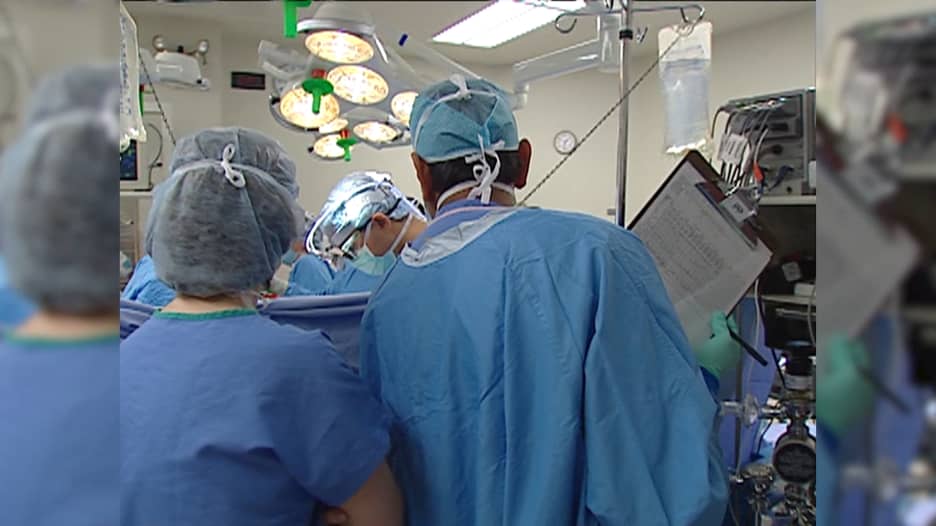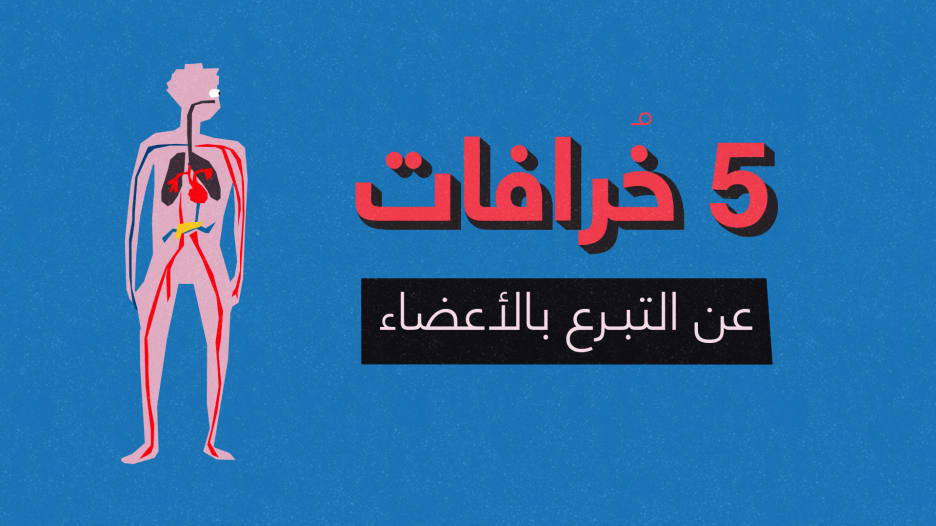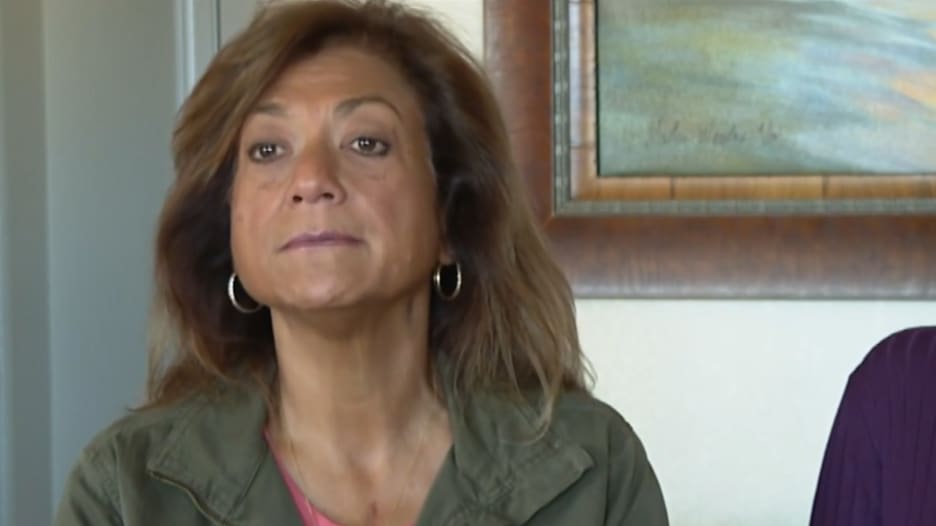دبي، الإمارات العربية المتحدة (CNN)-- أفاد باحثون من جامعة "ييل" الأمريكية أنهم تمكّنوا من استعادة الدورة الدموية والوظائف الخلوية الأخرى لدى الخنازير بعد ساعة كاملة من موتها، ما يشي بأنّ الخلايا لا تموت بالسّرعة التي افترضها العلماء.
ومع إجراء المزيد من الأبحاث، قد تساهم هذه التقنية المتطوّرة بالحفاظ على الأعضاء البشرية لفترة أطول يومًا ما، وقد يتيح هذا الأمر إجراء عمليات زرع أعضاء لمزيد من الأشخاص.
واستخدم الباحثون نظامًا طوروه يُدعى OrganEx، يسمح بإعادة توزيع الأكسجين في أنحاء جسم الخنزير الميت، والحفاظ على الخلايا، وبعض الأعضاء عقب تعريضه لسكتة قلبية.
وقال الدكتور نيناد سيستان، بروفسور "هارفي وكيت كوشينغ" لعلم الأعصاب، وأستاذ الطب المقارن، وعلم الوراثة، والطب النفسي في جامعة "ييل"، الذي أشرف على الدراسة إنّ "هذه الخلايا تعمل لساعات فيما لا يُفترض ذلك".
وأوضح سيستان خلال مؤتمر صحفي أنّ "هذا الاكتشاف يخبرنا بأنه في الإمكان وقف احتضار الخلايا، واستعادة وظائفها في العديد من الأعضاء الأساسية حتّى بعد ساعة من الموت".
ونشرت المجلة العلمية "Nature" البحث، الأربعاء.
ويضخ نظام OrganEx سائلاً للتروية ممزوجًا بالدم في أنحاء الأوعية الدموية للخنازير الميتة.
ويحتوي السائل على شكل اصطناعي من بروتين الهيموغلوبين، والعديد من المركّبات، والجزيئات الأخرى التي تساعد على حماية الخلايا، ومنع تجلّط الدم.
وبعد ست ساعات من العلاج باستخدام نظام OrganEx، وجد الفريق أن بعض الوظائف الخلويّة الرئيسية كانت نَشِطة في أعضاء عديدة من أجسام الخنازير، منها القلب، والكبد، والكِلى، وأنها استعادت بعضًا من وظائفها.
كيف يمكن تطبيق هذا البحث على البشر؟
رغم أن البحث لا يزال في مرحلة مبكّرة للغاية، وتجريبيًّا، إلا أنّ الباحثين قالوا إنهم يأملون بتطبيق ما توصلوا إليه لدى الخنازير على البشر في نهاية المطاف، بهدف تطوير طرق لإطالة هامش عمليات زرع الأعضاء بشكلٍ أساسي.
ومازالت إمدادات الأعضاء محدودة للغاية حاليًا، إذ ينتظر ملايين الأشخاص في العالم عمليات زرع الأعضاء.
ويرى ستيفن لاثام، مدير مركز "ييل" متعدد الاختصاصات لأخلاقيات البيولوجيا، المشارك بتأليف البحث، أن هذه التكنولوجيا تُبشّر بالخير في ما يتعلّق بالقدرة على الحفاظ على الأعضاء بعد نزعها من الُمتبرِّع.
وقال لاثام: "يمكنك أخذ العضو من متبرّعٍ فارق الحياة، ووصله بتقنية التروية، ويُحتمل بعد ذلك أن تكون قادرًا على نقله لمسافات طويلة وفترة زمنية طويلة حتى إيصاله إلى متلقٍّ يحتاج إليه".
وأوضح الباحثون أنهم لا يقومون بإعادة الخنازير إلى الحياة بأي شكل من الأشكال، وأن هناك حاجة للقيام بالمزيد من العمل لفهم إذا كانت الأعضاء قابلة للاستخدام في عمليات الزرع.
وأشار لاثام إلى أنّه "لا يمكننا القول إنّ هذه الدراسة أظهرت أنّ أيًّا من أعضاء هذا الخنزير.. جاهز لزرعه في حيوانات أخرى، ولا نعلم إن كانت الأعضاء تعمل بشكل جيد، وما كنا نبحث عنه وجدناه في المستويات الخلوية، إضافةً للتّمثيل الغذائي".
ويتمتّع هذا البحث بإمكانية تؤدي إلى وضع استراتيجيات علاجيّة جديدة للأشخاص الذين يعانون من نوبة قلبية، أو سكتة دماغية، بحسب ما ذكره الدكتور روبرت جيه بورت من مركز "غرونينغن" الطبّي الجامعي في هولندا بمقال رافق الدراسة.
وأضاف بورت غير المشارك في البحث: "يمكن للمرء تخيّل استخدام نظام OrganEx (أو مكوناته) لعلاج هؤلاء الأشخاص في حالات الطوارئ. ومع ذلك، تجدر الإشارة إلى وجود حاجة لإجراء مزيد من الأبحاث، أولاً، لتأكيد سلامة مكوّنات النظام في حالات سريرية محددة".
وأشار لاثام إلى أنّ هذا الاحتمال ما برح "بعيد المنال".
وشملت الدراسة نحو مئة خنزير، وكانت الحيوانات مخدّرة لدى تحفيز النوبات القلبية.
وأشار سيستان إلى أن البحث يساعد العلماء أيضًا على فهم مرحلة الموت بشكلٍ أفضل، وهو أمر لم يخضع لدراسات وافية نسبيًا، وقال: "ما قمنا بإظهاره.. أن التطوّر نحو فشل خلوي هائل ونهائي لا يحدث بسرعة كافية بحيث لا يمكن تفاديه، أو ربما تصحيحه".







